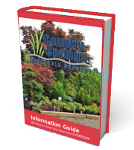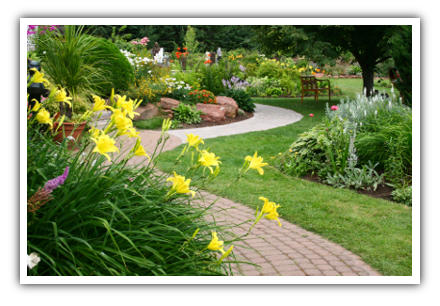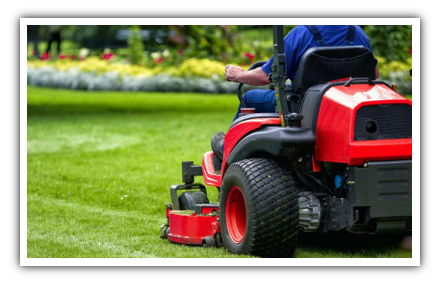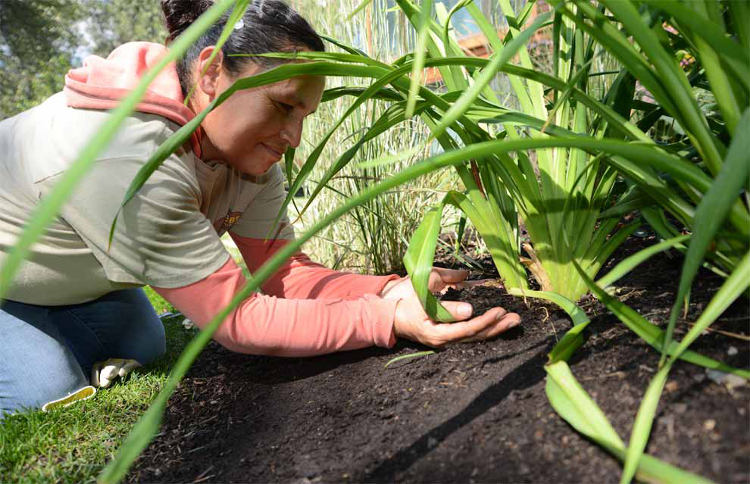
Summer isn’t the best time to undertake plant relocation. The heat and sun angle are not plant friendly. However, there are times when the only option is to perform plant relocation during the summer. You can have success with plant relocation during any season by following these easy guidelines.
Plant Relocation Guidelines
- Water the plants to be dug and relocated at least a day before you plan to move them. This will make certain that hydration will reach all areas of the plant prior to the start of relocation.
- Dig and relocate only during cloudy days or in the evening when it is cooler.
- Prior to digging or removing the plant from its current location, be sure to water the base liberally. This will ensure that the soil will stay with the roots when it is removed from its current location.
- Do not expose the roots during plant relocation to wind, heat or sun. If relocating multiple plants, only work with one plant at a time. Do not remove multiple plants from their current location at the same time.
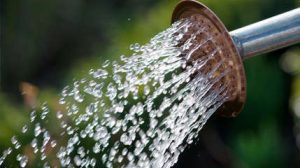
- Water the intended plant relocation hole before moving.
- Put the relocated plant into the hole and pour water in until reaching half way point of the hole. The water will merge the root soil and the hole soil. After soak, finish filling hole with soil.
- Once the plant relocation is complete, you can tamp the soil but do so lightly.
- After the plant relocation is in place, water the entire plant again including the leaves.
- Keep the plant shielded from direct sunlight. A floating row cover or leaning a board between the plant and the direction of sun will work nicely. Do this step for 3-6 days.
Be sure to check on the plant relocation site every day for 2 weeks. Relocated plants will need watering at least once every day. If the plant is wilting give it water. Keep water the plant once or twice each day until it becomes established. If the plant has less roots than top growth or is very large, it will need more water.
This may seem to be an inordinate amount of attention, but the disturbance of being relocated is stressful to plants at any season. During the summer, taking extra caution is important to allow for the transition of your relocated plants.
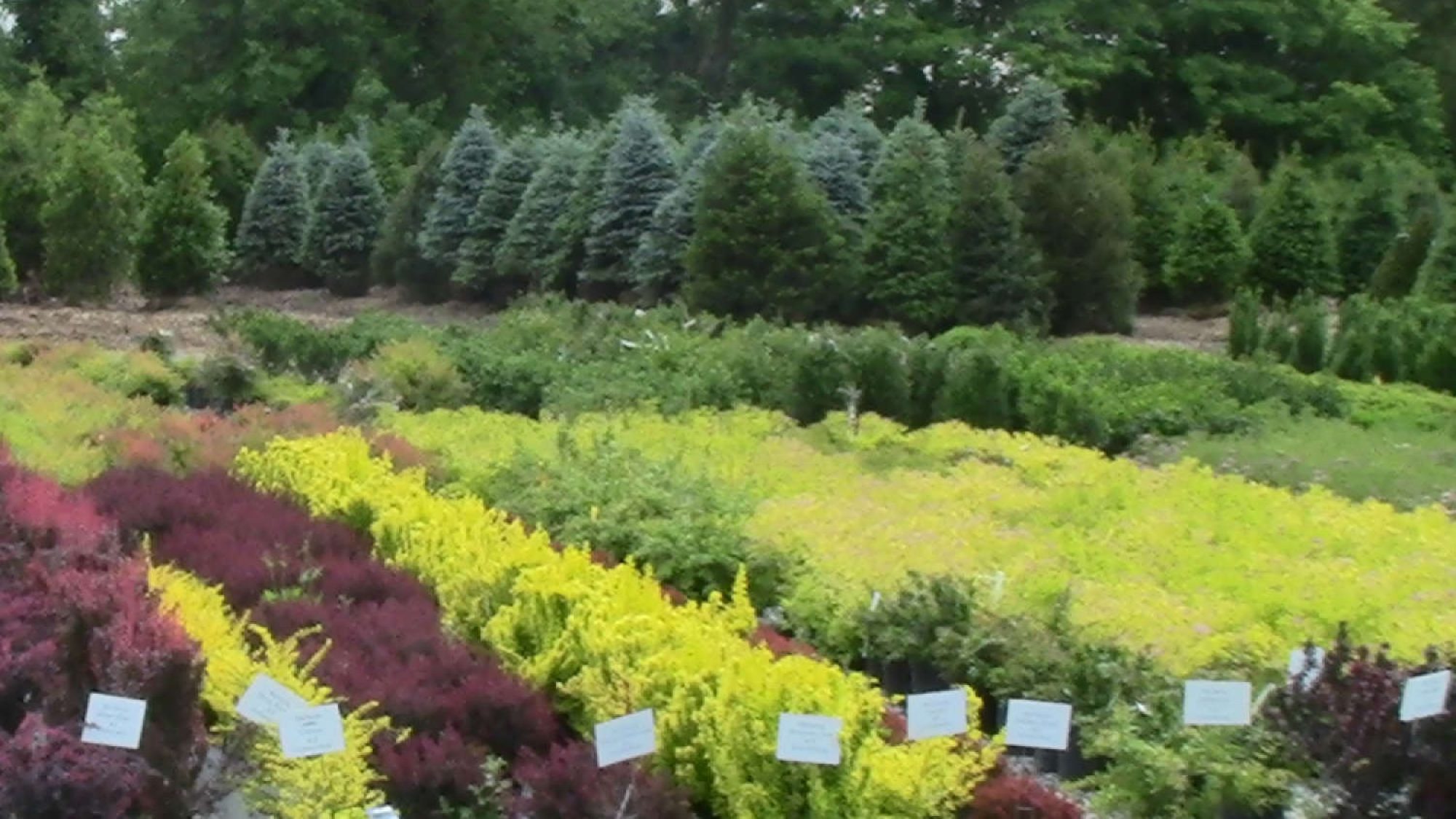
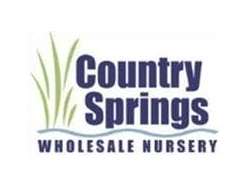
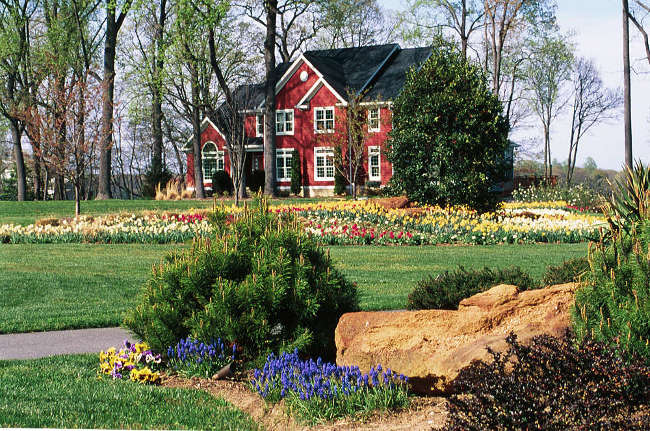 Increase Your Landscape Property Value Without Breaking a Sweat
Increase Your Landscape Property Value Without Breaking a Sweat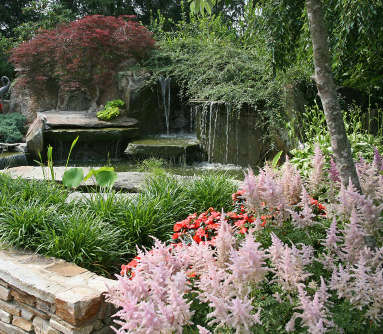
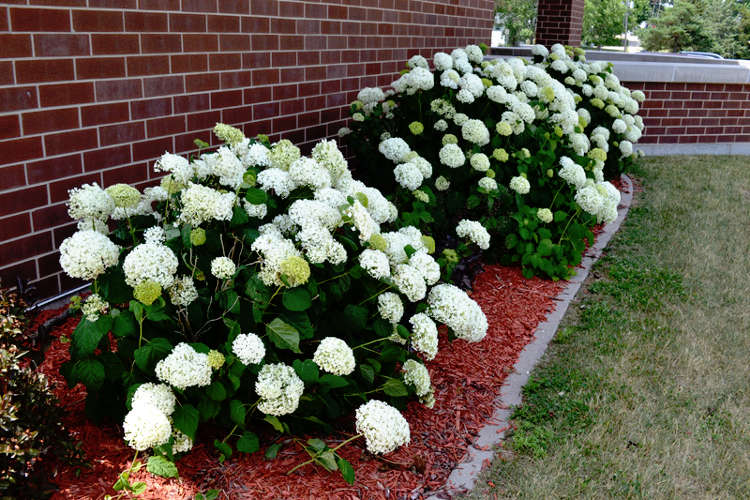 How Pruning Hydrangea Can Rejuvenate Your Plants… Or Ruin Their Beauty
How Pruning Hydrangea Can Rejuvenate Your Plants… Or Ruin Their Beauty